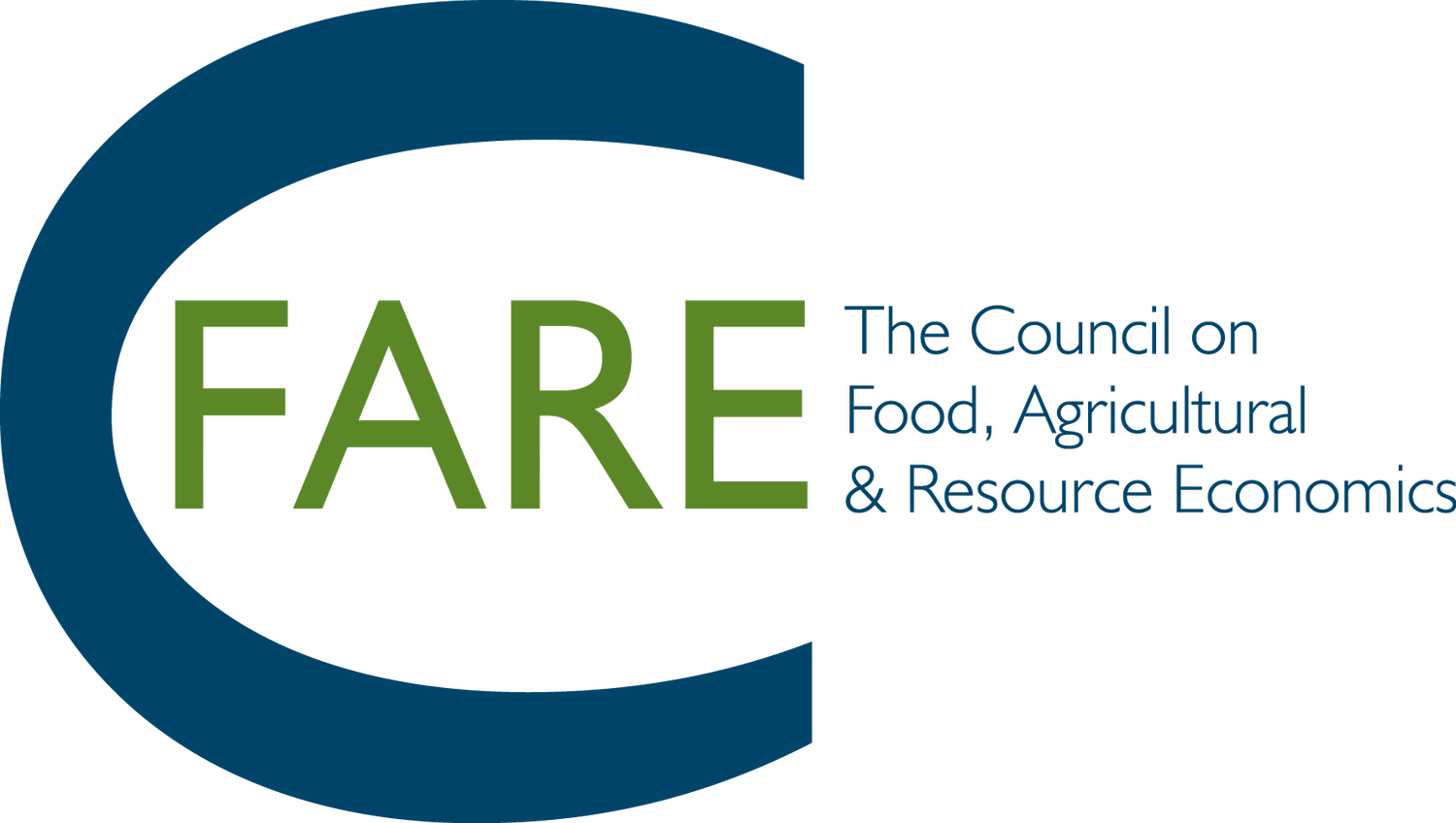Climate Smart Agriculture
The U.S. Department of Agriculture is investing over $3.1 billion in 141 selected projects under the Partnerships for Climate-Smart Commodities. Commodities include crops, animal agriculture, and forest products. These projects will reach 60,000 farms covering 25 million acres of working land. Over the life of the projects 60 million metric tons of carbon will be sequestered. We hear from the director of one funded Center at Virginia Tech, The Alliance to Advance Climate-Smart Agriculture, as well as three researchers implementing climate smart agriculture in animal operations, realize soil improvements, and increase sustainability and farm viability through changes in production practices.
Tom Thompson – Alliance to Advance Climate-Smart Agriculture
Tom Thompson introduces the Alliance to Advance Climate Smart Agriculture. The initiative, funded by a $80 million grant from the USDA's Partnerships for Climate Smart Commodities program, aims to support farmers in adopting climate smart practices across four states: Arkansas, Minnesota, North Dakota, and Virginia. With a focus on increasing agricultural productivity, adapting to climate change, and reducing greenhouse gas emissions, the project offers direct payments to over 4,000 farmers for implementing approved practices, such as livestock management and soil conservation.
Thompson emphasizes the project's commitment to inclusivity, with a goal to enroll 40% of producers from underrepresented and historically underserved groups. Technical support and partnerships with state leads, producer groups, and technical experts ensure broad engagement and support for participants. Through a rigorous research agenda, the project seeks to understand the impacts of these incentives on adoption rates, profitability, and environmental outcomes. With a focus on equity and sustainability, the Alliance to Advance Climate Smart Agriculture represents a significant step towards fostering resilience in agriculture and mitigating the effects of climate change.
Uma Karki – Climate-Smart Agriculture Practices & Opportunities for Farmers
Uma Kark discusses the importance of climate smart agriculture and forestry practices in reducing greenhouse gas emissions. Highlighting the significant contribution of agriculture to greenhouse gas emissions, particularly carbon dioxide, methane, and nitrous oxide, Karki emphasizes the need for sustainable practices to mitigate these effects. Through initiatives focused on pasture management, alley cropping, and integrated livestock and crop systems, the project aims to sequester carbon, improve soil health, and enhance overall farm sustainability.
The project, a collaboration between various universities and institutions, targets marginalized producers and landowners, offering education, training, and support to adopt climate smart practices. Livestock management practices such as pasture improvement and prescribed grazing are emphasized, alongside alley cropping systems for fruit trees and vegetables. Virtual education sessions and farmer forums provide avenues for participation and learning, underscoring the project's commitment to widespread adoption of sustainable agricultural practices.
Rod M. Rejesus – Planting Cover Crops as a Climate Smart Practice: Finding Evidence of Resilience Effects
Rod Rejesus discusses the significance of cover crops as a climate smart practice and their role in enhancing resilience in agriculture. Amidst growing concerns about the impact of climate change on agricultural productivity and yield variability, cover crops emerge as a potential solution to mitigate adverse effects. Leveraging data from crop insurance losses, remote sensing, and weather data across 645 counties in 12 states from 2005 to 2018, Rejesus presents evidence suggesting that higher levels of cover crop adoption correlate with reduced crop insurance losses due to drought, excess heat, and excess moisture. Notably, the study indicates stronger resilience effects for moisture-related losses, emphasizing the economic significance of cover crop adoption in mitigating flood-related damages, potentially saving millions of dollars in losses.
The findings have profound policy implications, supporting existing programs such as NRCS's EQIP and CSP programs aimed at incentivizing cover crop adoption. Moreover, the results advocate for the integration of cover crop practices into carbon markets, suggesting potential financial incentives for farmers. Rejesus also highlights ongoing discussions regarding crop insurance premium discounts and the incorporation of soil health and conservation practices into crop insurance rating systems, fostering further dialogue on the role of crop insurance in facilitating cover crop adoption.
Lawson Connor – Effects of Crop Insurance and Agriculture Safety Net Policies on Cover Crop Adoption
Dr. Lawson Connor navigates the intricate relationship between crop insurance and cover crop adoption, revealing the complexities shaping agricultural policy decisions. Despite evidence showcasing the benefits of cover crops in mitigating crop losses and bolstering resilience, national adoption rates remain relatively low. Connor highlights profitability, crop resilience, and land features as pivotal factors influencing adoption rates, emphasizing the intricate interplay of these variables.
Through a detailed analysis of crop insurance participation and cover crop adoption in Indiana, Connor's research uncovers a nuanced relationship, indicating that a one percentage point increase in crop insurance participation correlates with a 0.5% decrease in cover crop adoption. These findings underscore the importance of carefully considering policy interactions and resource allocation to effectively promote the uptake of climate-smart agricultural practices.
This program is supported in part by the Agricultural and Applied Economics Association and the US Department of Agriculture’s Economic Research Service, and the National Agricultural Statistics Service.
Those who register but cannot attend our webinar can always view a recording of it later at the council’s YouTube channel.




